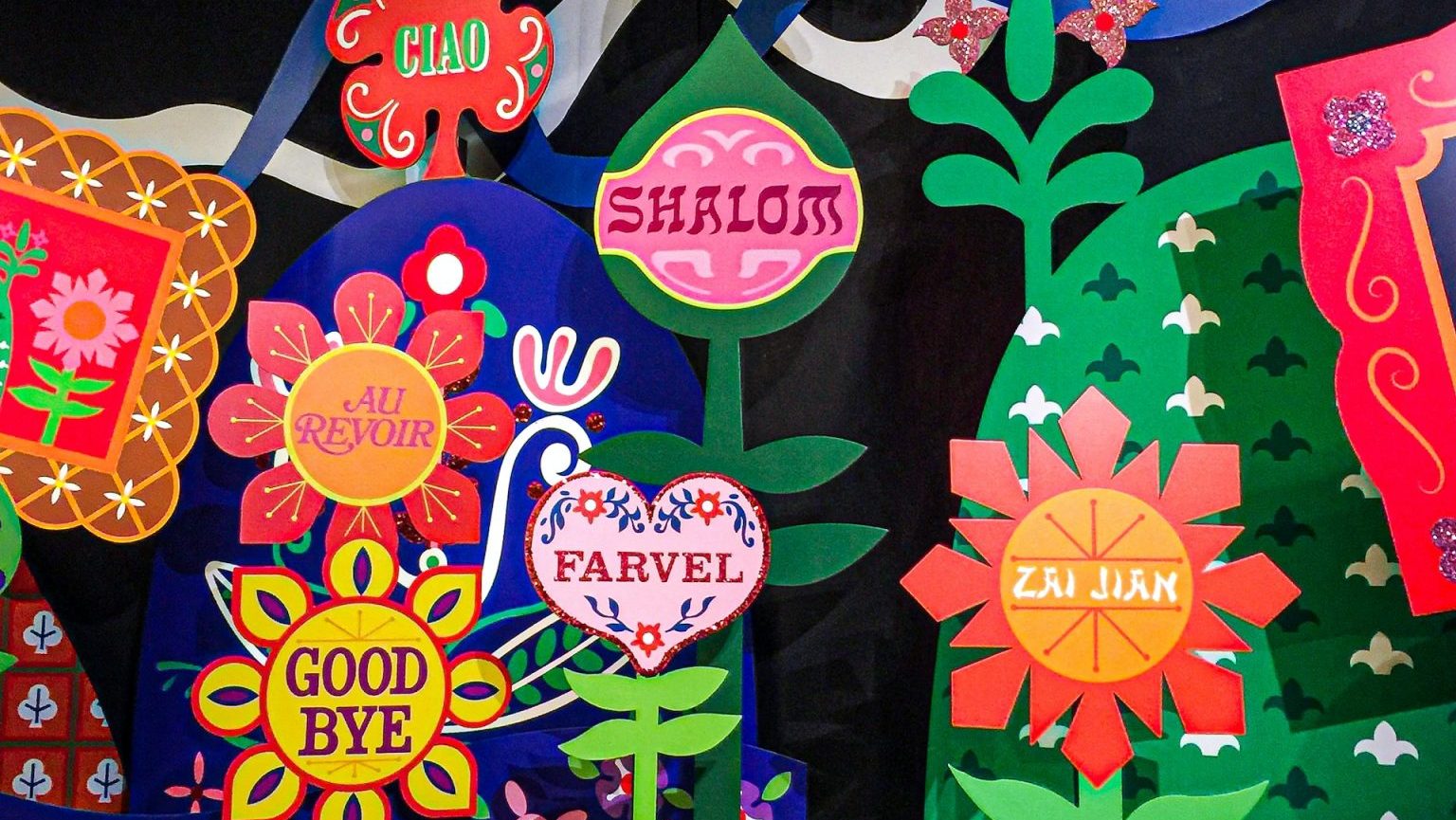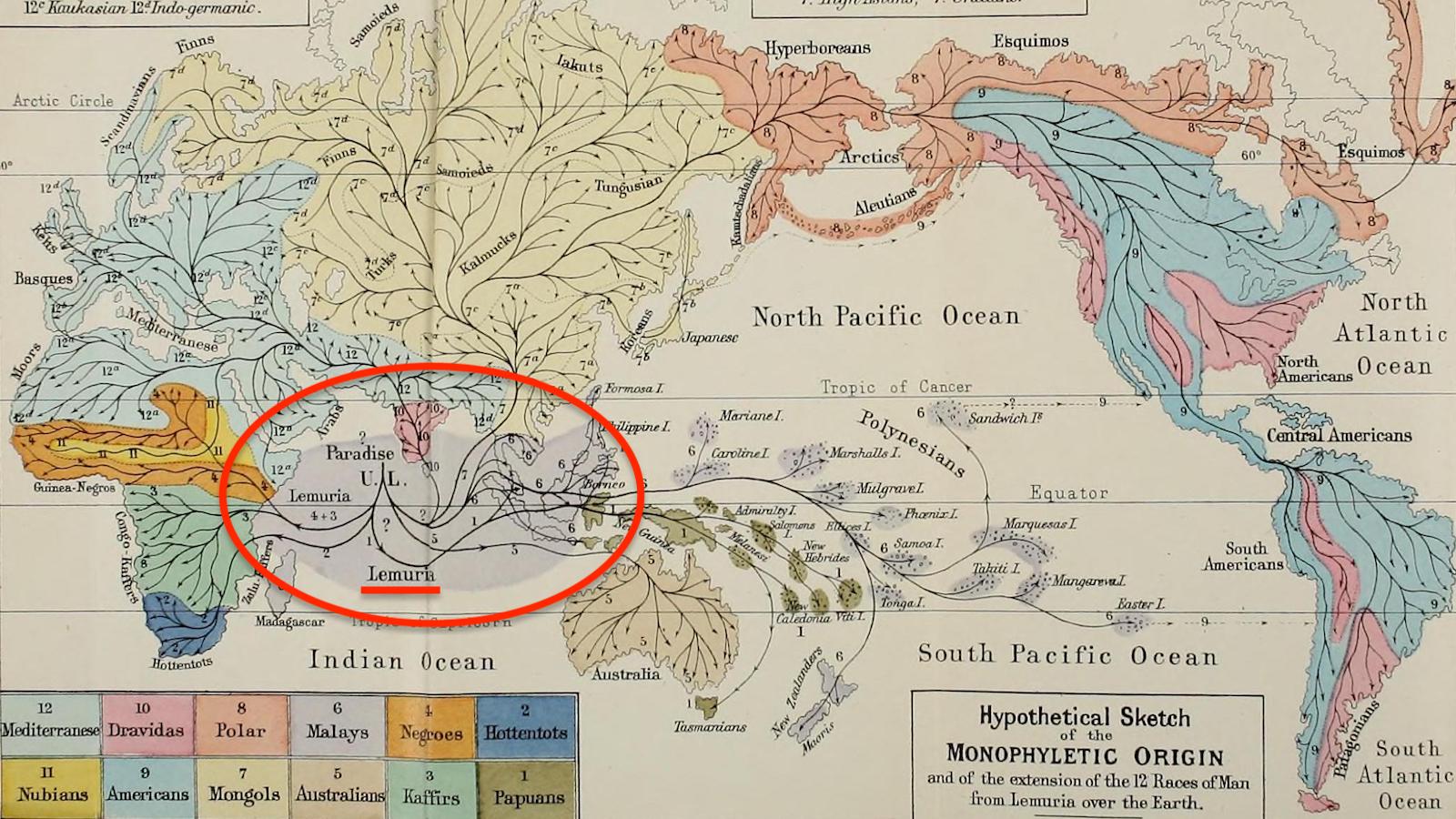334 – The Atlas of True Names

Travellers, discoverers and cartographers have named the world around us so that we might find our way in it. The purpose of a place name, therefore, is to be as distinguishing as possible. But there is another, opposite force at work in toponymy: geographical and other similarities often lead to different places receiving similar names — even if these names are then modified by differences in language.The English city of Oxford and the Dutch city of Coevoorden (*) were named after river segments shallow enough to facilitate bovine transport.
This phenomenon becomes apparent when one digs up the ‘deep etymology’ of place names, as is done in The Atlas of True Names. The Atlas substitutes the original meanings of the world’s place names for the better-known, ossified toponyms. The authors of the Atlas, German cartographers Stephan Hormes and Silke Preust, have said their clever technique was inspired by the place names in Tolkien’s Lord of the Rings trilogy, some (but not all) of which are indeed quite direct. (‘Mount Doom’ is grimly descriptive, but a name like ‘Lothlorien’ means diddly squat — unless you speak Elvish, of course).
The Atlas was first published in German as Der Atlas der wahren Namen, and in that version all the original etymologies are of course rendered in German. If like most people you are at least mildly conditioned by movies, literature and other media dealing with World War II to associate the German language with fascism, this ‘germanified’ version of the world is a bit disconcerting. London, for example, transmogrifies into ‘Hügelfest’, and nearby Norfolk is still recognisable but considerably more ominous as ‘Nordvolk’. Ethiopia becomes ‘Land der Brandgesichter’ and its capital Addis Abeba ‘Neue Blume’.
The more recently published English version of the Atlas presents us with an equally disorienting and sometimes revealing array of ‘original’ place names. Across the Irish Sea (or ‘West Land Sea’) from Blackpool lies another ‘Blackpool’, more commonly referred to as Dublin. ‘Trading Folks’ is none other than the Canadian capital of Toronto Ottawa. The British port of Plymouth is literally ‘Mouth of the Plum’, Brussels is ‘Marsh Cell’, and London’s ‘Hügelfest’ translates as ‘Hillfort’. Nicaragua is ‘Here are people’ and Newfoundland… remains ‘Newfoundland’, one of remarkably few place names with an etymology recent enough for us to take the toponym literally.
But etymology is not an exact science, and some derivations are too funny or elegant to be true. Consequently, some of the etymologies used by Hormes and Preust have been disputed. One example is the word-origin of the Mexican peninsula of Yucatan, which is rendered in the Atlas as “I don’t understand you!” — supposedly uttered by the Maya when addressed by the first Spanish conquistadores (a similar folk etymology traces the origin of the word kangaroo to a miscommunication between aboriginals and British explorers). Other examples abound, but the authors themselves include a caveat lector, stating that they think their work is not scientific, approximately 80% correct and should primarily be seen as an invitation to look at the world through fresh eyes.
Thanks to the dozens of people who sent in this map. A few excerpts of the Atlas can be found here on Kalimedia, which also publishes the German version of the book (here). For a critical discussion of the book, see this entry on Languagelog.
*: and, by derivation, the Canadian city of Vancouver, named after a British captain of Dutch descent whose surname originally was van Coevoorden.





